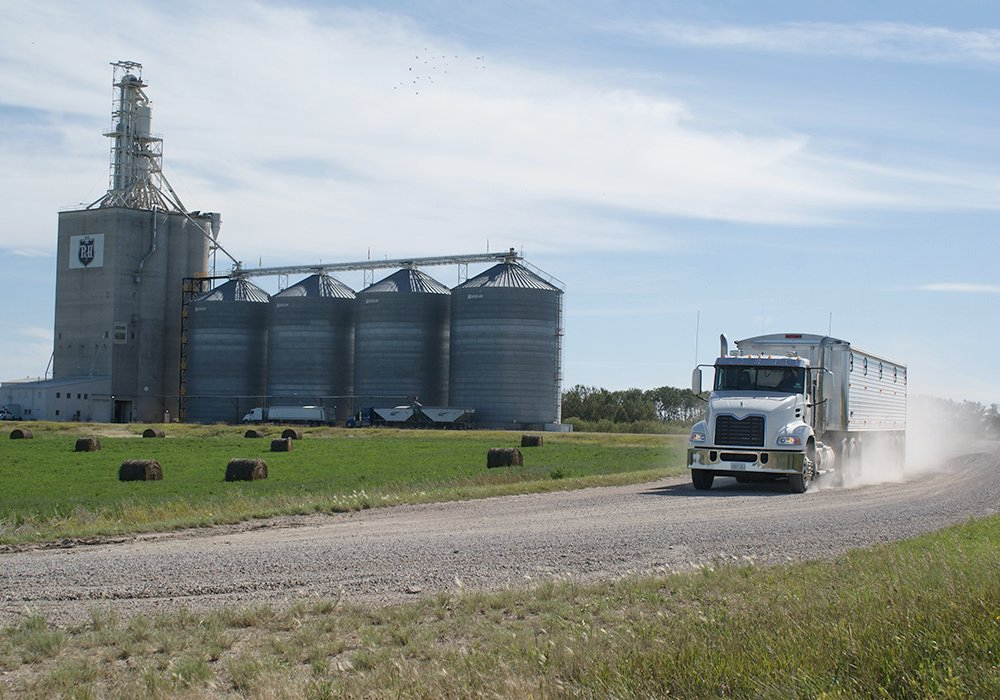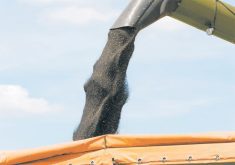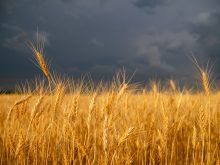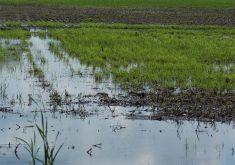What a difference a year makes. Most grain prices are significantly lower than this time last year, while cattle prices are showing a great deal of strength.
In the grain sector, many reports indicate slow farmer selling. After last year’s widespread drought, most parts of Western Canada have seen a big rebound in production, so there’s lots of product to sell, but most farmers aren’t in a big hurry to let it go.
There may be a bit of shell shock over how far some prices have dipped. And there’s no doubt some hope that prices will climb again in what has become a very volatile economic climate.
Read Also

Growth plates are instrumental in shaping a horse’s life
Young horse training plans and workloads must match their skeletal development. Failing to plan around growth plates can create lifelong physical problems.
Wheat is one of the few commodities to show a modest price improvement over a year ago, but a year ago durum was about $5 a bushel higher and was on its way to record values.
Feed barley has shown price improvement over the past month, but it’s still significantly lower than a year ago when the feedgrain shortage resulted in record imports of American corn. It’s the same price story for oats.
The year-over-year drop in canola is in the range of $2.50 a bu. Contract prices for canola were available in the range of $22 a bu. while the cash price right now is well under $18. Unfortunately, hoping for a rebound doesn’t assure it will happen.
Flax has come down dramatically from its astronomical highs and in the pulse crops both peas and lentils show significantly lower values than a year ago.
Corn and soybeans are the major crops in Ontario and are also important in regions of Manitoba. They defy the overall price trend and are actually up significantly compared to last year at this time.
The big improvement in yields enjoyed by most prairie farmers will make this a good year despite lower prices and eventually producers will need to pull the trigger on sales.
Meanwhile, cow-calf producers are holding their collective breath hoping the big price improvement in cattle prices holds for the upcoming fall calf run. Feeder steers in the bellweather 500-to-600-pound category have been running 40 to 50 cents a pound above last year.
In addition to dramatically improved returns, most producers should be looking at reduced wintering costs for their cows.
The Canadian Cow-Calf Cost of Production Network funded by the Beef Cattle Research Council has excellent benchmarking on the costs and returns of farms across the country.
Since cattle are produced in so many different geographic regions with so many different feed sources and management styles, the 186 participating producers in the network have been subdivided into 46 benchmark cow-calf farms.
Some producers have managed to make money, but many have not. Last year, with feed so expensive, many struggled to cover their cash costs, let alone their depreciation and opportunity costs.
One of the benchmarks is the semi-arid region of southwestern Saskatchewan with a high proportion of native pasture. For 2021, the benchmark farm for that region missed covering cash costs by $126 per overwintered cow. When cash costs and depreciation were both considered, the loss was $227.
In this benchmark, returns were comparatively good back in 2017, but dropped in every subsequent year with the biggest drop last year.
If calf prices hold, a welcome payday is in sight for cow-calf producers. They are anxious to market, unlike grain producers still coming to terms with significant price reductions.
Kevin Hursh is an agricultural journalist, consultant and farmer. He can be reached by e-mail at kevin@hursh.ca.
















